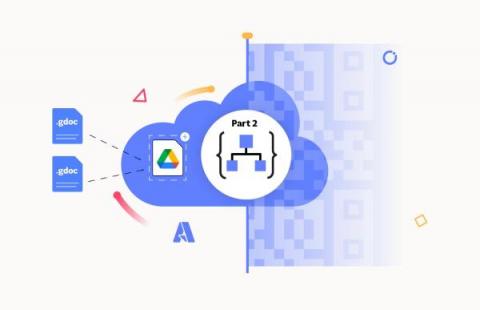Building, deploying and observing SDKs as a Service - Part 2
In the first part of our series on Building, Deploying, and Observing SDKs as a Service, we delved into the world of APIs and successfully deployed our own REST APIs by wrapping the existing pet store APIs. Now, it’s time to take our journey further and unlock the true potential of SDKs. In this second part, we’ll explore how to build an SDK for the pet store API using the OpenAPI spec and the OpenAPI Generator project.






















